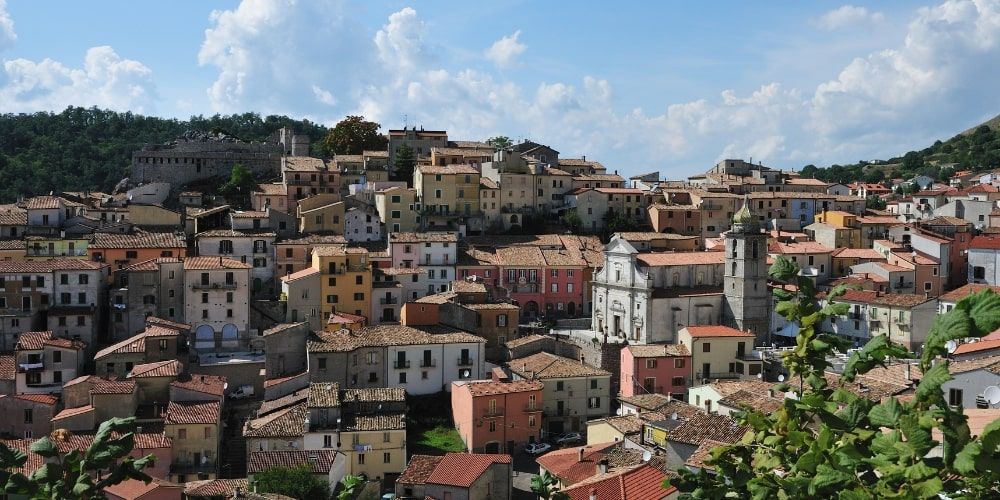
Molise
Visit Molise, an ancient world of unspoilt nature and magnificent landscapes
Territory of Molise
Molise is the second smallest region in Italy. The territory of Molise is divided almost equally between mountains (about 55% of the territory) and hills (the remaining 45% of the territory) and the mountainous area extends between the Apennines of Abruzzo and the Samnite Apennines.
The Meta and Matese mountains mark, respectively, the borders with Abruzzo and Lazio and with Campania. The flat areas are very few and very small.
Useful information about Molise
Molise is a region of Southern Italy with the capital Campobasso, which is also one of the two provinces. The other province of the region Molise is Isernia and, in addition to the provinces, there are 136 municipalities.
Molise borders Abruzzo to the north, Lazio to the west, Campania to the south-west, Puglia to the south-east and is washed by the Adriatic Sea to the east.

Looking for tips for your next trip? Ask Monna Lisa.

Discover the Italian Ambassador of Excellence in this region
Places and tours of Molise
Speaking of the places and itineraries of Molise, one can certainly start from Isernia, the ancient capital of the Samnite populations. The province of Isernia also has much to see: the Collemeluccio reserve, a protected natural area and the medieval village of Venafro.
From the point of view of the natural tourism of the mountain landscapes, you are spoilt for choice: think of the attractions of the Apennine ridge and the matese massif (in particular Campitello Matese, which hosts a famous ski resort often the venue for events related to winter sports).
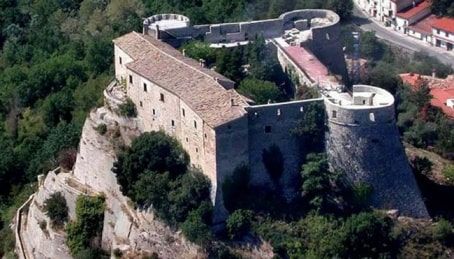
Stories and traditions of Molise
The history of Molise is very much linked to that of the Samnite populations and to that of the Roman settlements, as well as to the influence of the Swabian domination. Its traditions, on the other hand, are very much linked to the morphology of the territory, mainly mountainous and hilly. These are, in fact, peasant and mountain traditions that have remained unchanged over the centuries. The best example of this uncontamination is the tradition of the Zampognari, shepherds and peasants who move from rural areas to the inhabited centres of the cities playing their typical instrument, the Zampogna, during the Christmas periods. This custom is very deep-rooted and heartfelt, so much so that the Zampognari have earned a place in the typical Neapolitan crib.
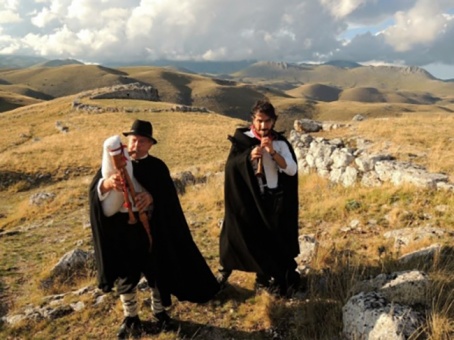
Molise
Molise is the second smallest Italian region, after Valle D'Aosta, and expands in the south-east of the country, bordering with Campania, Apulia, Abruzzi and minimally Latium.
This region was born officially only in 1963, because of the headcity Campobasso detachment from Abruzzi (at the time nominally Abruzzi e Molise).
Molise region is featured by a very diversified area, composed by a mountain half (Appennino abruzzese and Appennino sannita, respectly lead by Petroso mount and Miletto mount) and a hilly half; it overlooks on the east side on the Adriatico Sea and shows a very short coast section, only 36 km long.
The internal physical structure provides many short rivers, like the Biferno, that totally originates and develops inside the region, but also the Volturno, the longest river in southern Italy that runs through Campania and flows into Tirreno Sea. It also shows many lakes, mostly artificial, because made from dams, and fewer natural, among which the lake of the famous ski resort Campitello Matese stands out.
The history of Molise is very ancient, since it was part of the Samnium territory, nowadays Benevento province; Samnites people fought against Romans (during the famous IV-III centuries b.C sannitic wars) and their land was eventually annexed to the Urbe area. Later, across the Middle Age, Molise became part of Benevento Longobard Dukedom as Contado di Molise, probably named after the lords' family name, De Molisio.
Thererfore you can meet many historical and artistic Samnitic, Roman and Longobard age proofs in several towns, such as Larino, Saepihnum village in Sepino e and the ancient theater of Bovianum Vetus in Pietrabbondante.
Molise surface is so limited and the most densely populated cities, country seats Campobasso and Isernia, don't exceed over 50.000 inhabitants and most of the towns count about 1000 inhabitants.
However Termoli, on Abruzzi's border, has about 33.000 inhabitants; it hosts the one and the only harbour in region and it is also very crowded during summertime, thanks to tourist flows from southern Italy in particular. Many ferries leave from here to the Tremiti Islands, very close even if belonging to Apulia.
The economy in Molise is particularly based on tourism and vacation during summertime, especially in the aforementioned Termoli, Campomarino and Petacciato, and during winter in the appealing Campitello Matese e Capracotta, two very popular over 1000 mt high locations for skii and snow activities.
Several green and nearly unpolluted areas for nature lovers are also present for trekking and hiking paths, especially in Isernia. A great number of woods are included in Abruzzi, Molise and Latium National Park, but many other oasis are present – WWF's Monte Mutria, LIPU's Bosco Casale in Casacalenda, Legambiente's Selva Castiglione in Carovilli, Le Mortine along Volturno river and further spaces on the Massiccio del Matese.
Eno-gastronomy is a crucial economic section, too, for in Molise excellent oil and wine are producted, such as Tintrilia and Pentro di Isernia, and delicious pasta variety, too: cavatelli, for example, are an egg free one, usually served with pork ragù, and it's one of the most loved local dish. And talking about pasta, the famous brand La Molisana is a product of Campobasso, while in Bojano, eventually, a tasty and worldwide exported mozzarella cheese is realised.
Given its small size, Molise hasn't an airport but you can reach it easily via driving or train, using the main highways of the neighboring regions.
Even if Molise is gradually depopulating, like many Italian southern regions, it boasts deeply rooted Croatian and an Albanian communities, result of migration tendencies from the XV century onwards.
The former locates in particular along Biferno and Trigno rivers and it counts about 1000 members coming from Dalmatia and Herzegovina; as well as Italian, they speak a Serbian-Molisan language, especially in family contexts.
The latter, also knowns as Arbëreshë (that means “Albanians of Italy”), counts about 13.000 people and locates on the coast or near there (Campomarino, Ururi, Portocannone e Montecilfone), where many traditional events and folk fairs take place and Albanian is still spoken.
A cheaper cost of living , good eating, fresh air, holiday destination for all tastes and seasons, a lot of historical and cultural curiosities make Molise a very attractive, unexpected and wonderful destination. These benefits oppose the “Molise doesn't exist” dictum you can often find on socials: Molise does exist and it is there to be discovered.





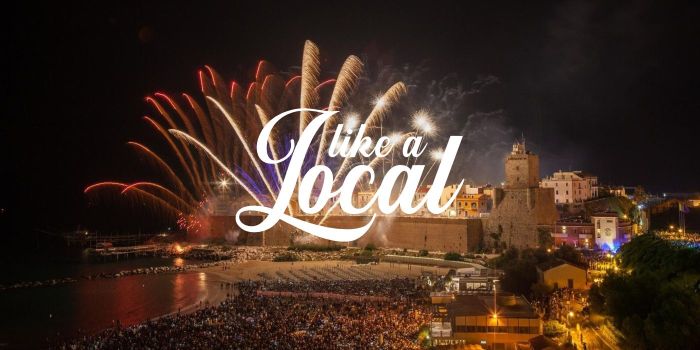
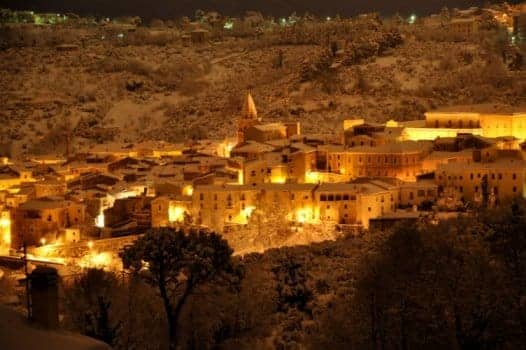
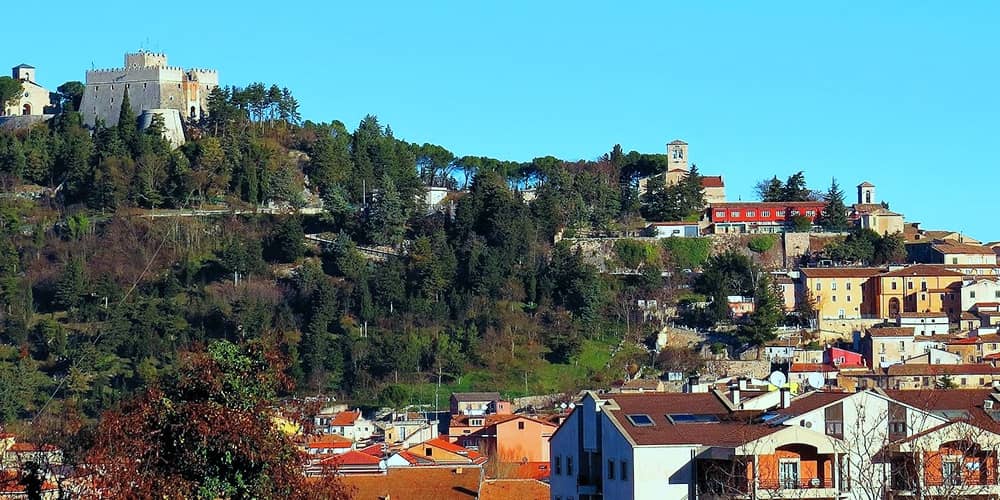
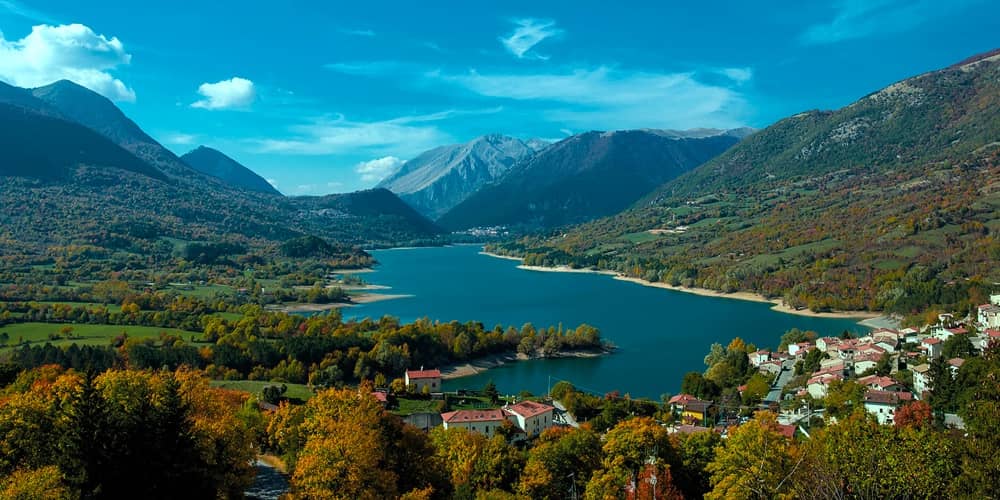

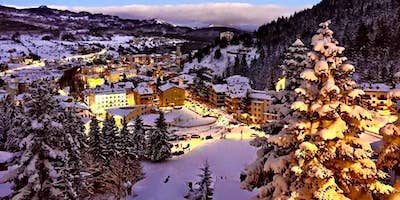
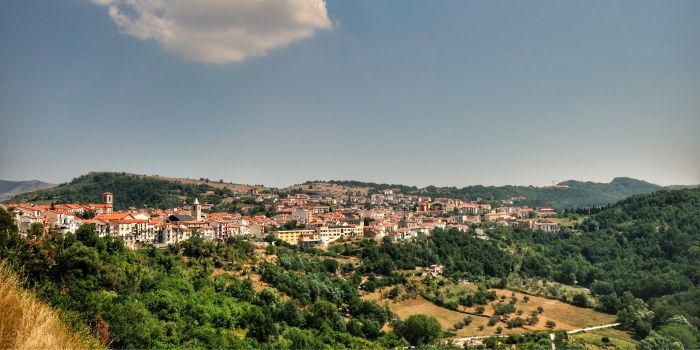
Ciao! I'm Monna Lisa, your digital travel designer. I'm here to help you plan your perfect trip to Italy.